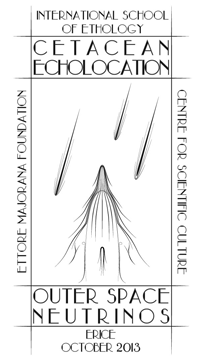Speaker
Virginia Sciacca
Description
The fin whale (Balaenoptera physalus) is considered to be the only mysticete common and constantly present into the Mediterranean Sea, representing a genetically isolated population and being distributed all over the basin. Although the increased number of surveys in recent years confirmed its presence in highly productive areas of the Mediterranean Sea, still very little is known about the trends this population follows seasonally and, particularly, in the Ionian area. Previous monitoring actions evidenced fin whales occurrence during late winter - early spring months in the area of Lampedusa (Strait of Sicily) and during summer months in the Strait of Messina and off East Sicily coast. This lets us consider the Ionian Sea as a possible major route through a seasonal migration of the species. To investigate this issue we started from the assumption that sound represents an essential tool for fin whales and their biological functions, producing two types of low frequency signals (around 20 Hz) to communicate over long distances with low transmission loss. In June 2012 the real-time deep sea multidisciplinary observatory NEMO–SN1, was deployed and connected 25 km off the port of Catania, East Sicily, at a depth of 2100 m. Four large bandwidth hydrophones (10 Hz < f < 70 kHz) and one low bandwidth seismic hydrophone (1 Hz < f < 1 kHz) allow us to monitor acoustically fin whales traveling across the region. Fin whales vocalizations have been detected using NEMO-SN1 data. Data have been analyzed to study animals’ occurrence and the characteristic calls patterns that are thought to be used for communication purposes. In this work we will show preliminary results demonstrating the importance of this long-term monitoring project to better understand the presence of the species in the study area.
Author
Co-authors
Dr
Francesco Caruso
(University of Messina / INFN - LNS)
Prof.
Gianni Pavan
(University of Pavia - Centro Interdisciplinare di Bioacustica e Ricerche Ambientali)

